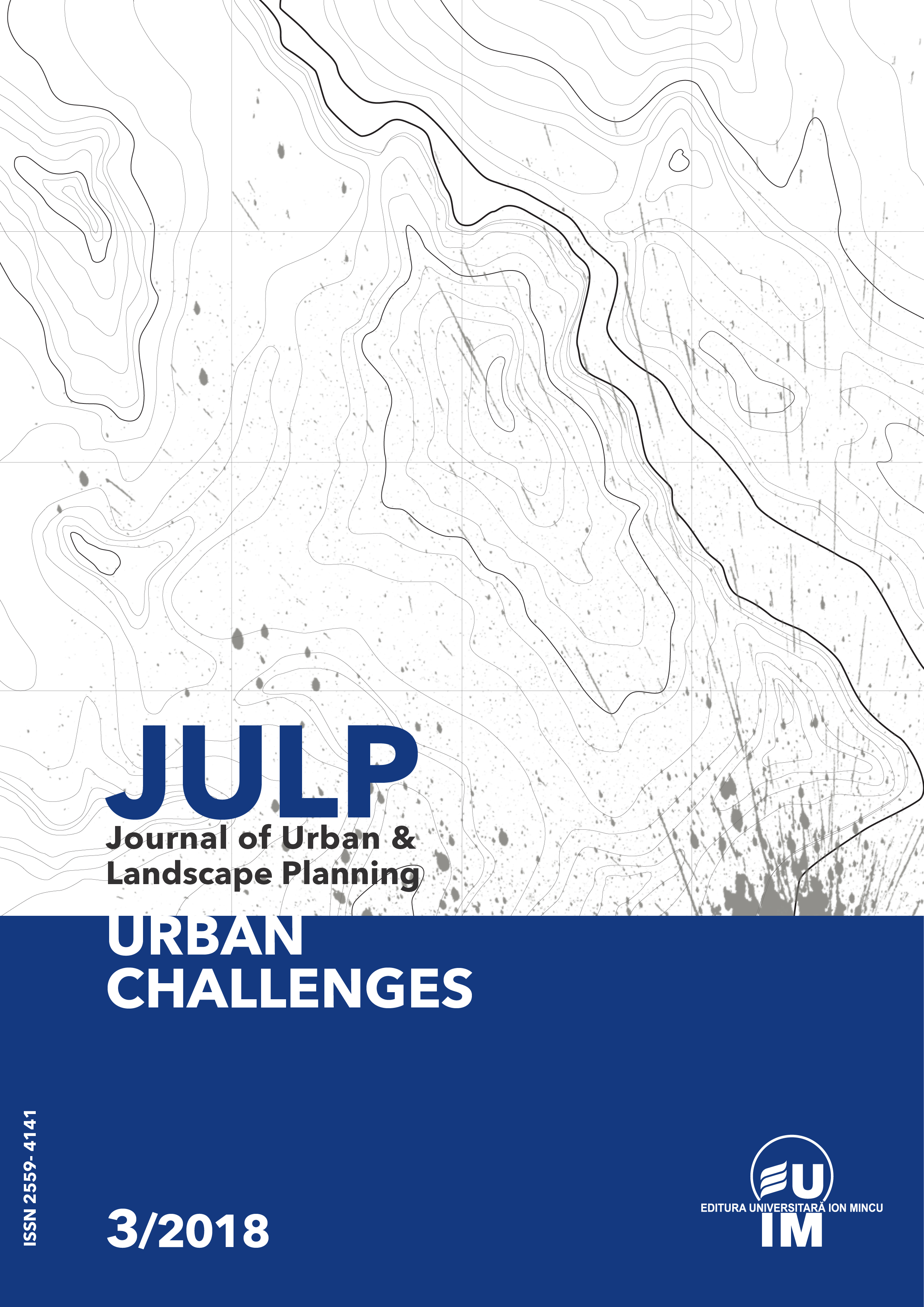Applying DPSIR Model to sustainable territorial development, in South-Muntenia Region
Applying DPSIR Model to sustainable territorial development, in South-Muntenia Region
Author(s): Raluca-Mirela AntonescuSubject(s): Social Sciences, Economy, Essay|Book Review |Scientific Life, Geography, Regional studies
Published by: Editura Universitară “Ion Mincu”
Keywords: DPSIR Model; Territorial Development; Sustainability; Inequalities
Summary/Abstract: Generally speaking, conceptual models are used to identify the relationships between key-factors of a system (economic, social, environmental, etc.) and they represent the methodological basis for the development of some programs and strategies.The DPSIR Model (Drivers–Pressures–State–Impact-Responses Model), designed in the late 1990s, is considered one of the most useful tools for reporting and analysing environmental issues and its appliance varies from global systems to specific areas of interest (river basins, protected areas, etc.). Frequently, international organizations apply it in the framework of the evaluation of sustainable development initiatives, in order to identify the existing relationships between different processes and phenomena. After 1999s, the DPSIR Model was taken over by the Environmental European Agency (EEA) and was widely used in environmental studies and reviews in EU regions and Member States. This article aims to synthesize the constituent elements of the DPSIR Model. Also, it presents an application of the model in the South-Muntenia region.
Journal: Journal of Urban and Landscape Planning
- Issue Year: 2018
- Issue No: 3
- Page Range: 114-126
- Page Count: 12
- Language: English

